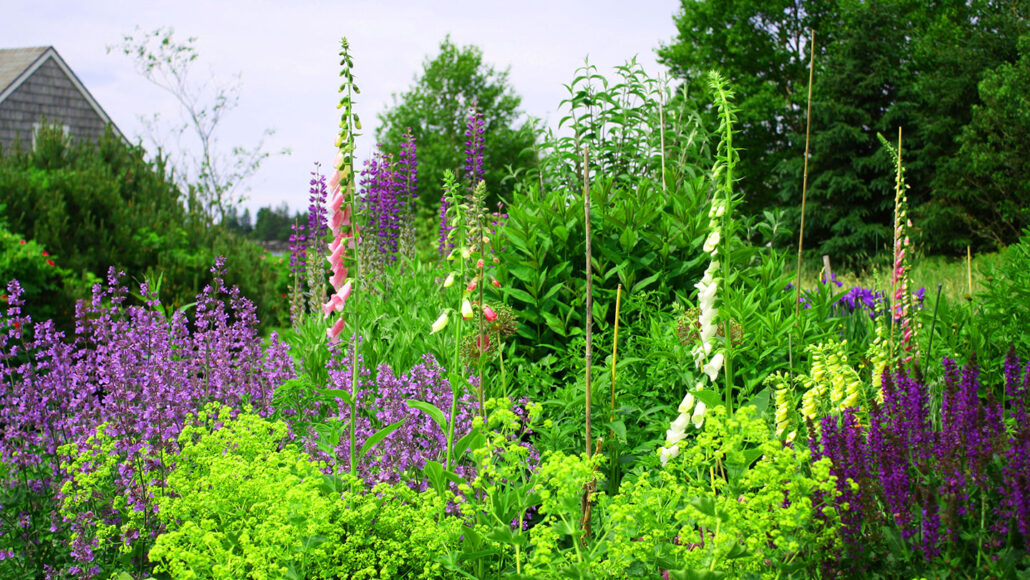Questions for ‘Making yards more diverse can reap big environmental benefits’

Yards don’t have to be big, flat expanses of grass. This one in Maine is filled with a variety of wildflowers.
coastalpics/iStock/Getty Images Plus
Come explore with us!

Yards don’t have to be big, flat expanses of grass. This one in Maine is filled with a variety of wildflowers.
coastalpics/iStock/Getty Images Plus
To accompany ‘Making yards more diverse can have reap environmental benefits’
Register to access:
An error occurred. Please try again.
Already Registered? Enter your e-mail address above.